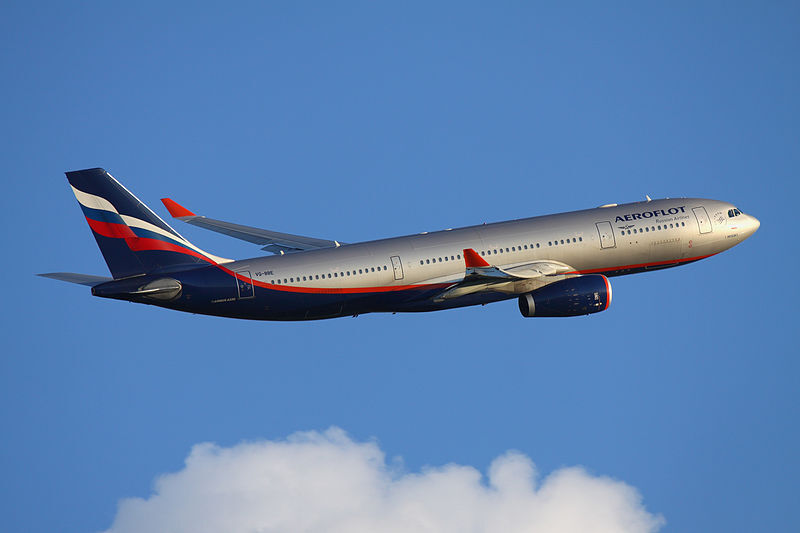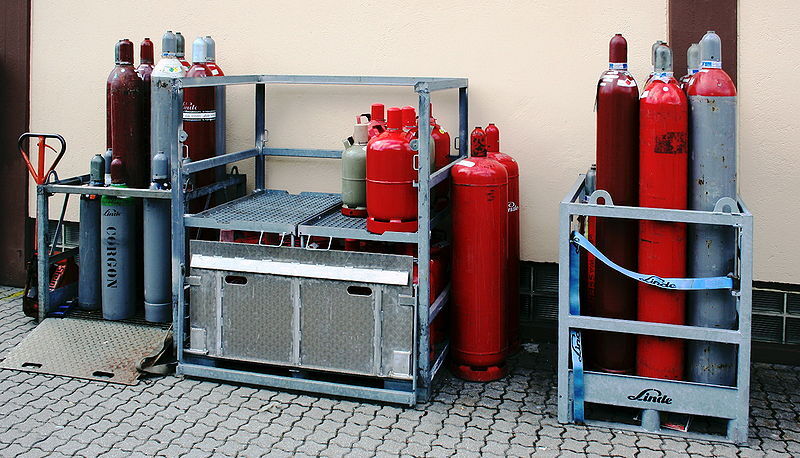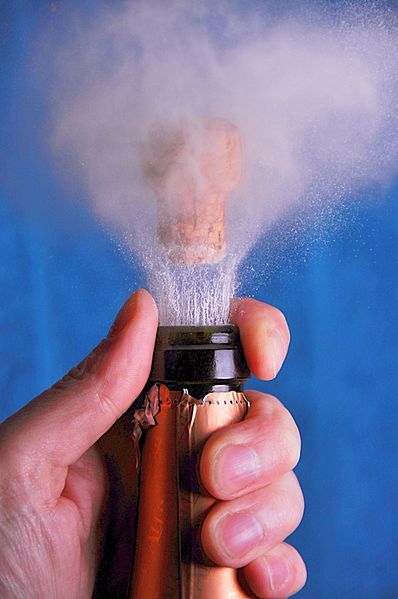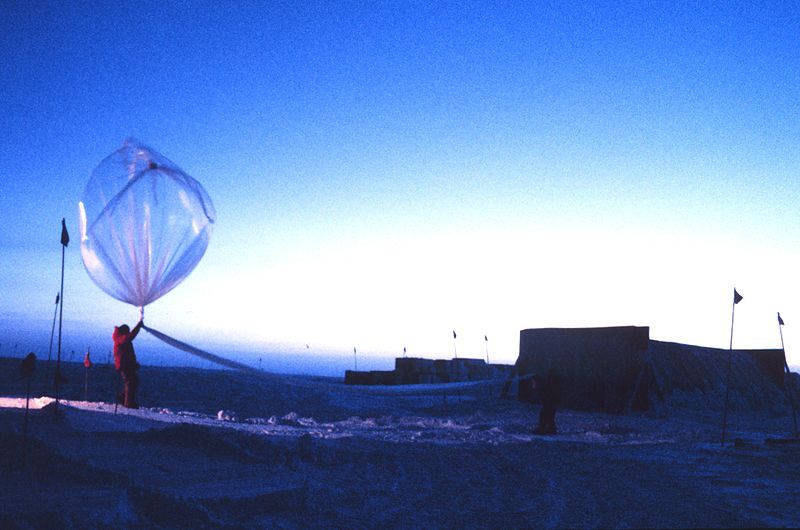Gas is the state of matter where particles tend to occupy all available space. In this state, the particles are far apart from each other, which means that the atoms or molecules are very weakly bonded to each other.
The scientific study of gases allows us to better understand the world around us. Indeed, gases are found everywhere in our environment. For example, it is by knowing the chemical composition of the gases forming the upper atmosphere that we were able to explain the phenomenon of the aurora borealis. Meanwhile, meteorology is closely linked to the development of knowledge on the movement of air masses in the atmosphere.
Beyond natural phenomena, the technological field has greatly benefitted from the growing knowledge of gas behaviour. For example, aviation would not have developed as much without an increased knowledge of atmospheric currents. As well, gas compressibility has enabled us to breathe underwater with the help of compressed air tanks. Without even being aware of it, our daily life is constantly impacted by phenomena related to the behaviour of gases.
Examples of gas-related technological applications: aviation was developed through the knowledge of the behaviour of gases (left); and many gases are compressed in pressurized cylinders (right).
The physical properties of gases determine the ways in which they react to certain variations in their physical conditions, such as pressure, temperature, or volume.
Unlike the chemical properties of gases, it is not necessary to change the nature of a substance in order to observe its physical properties. However, a physical property does not allow the identification of the gas, it only provides a description of its behaviour. When exposed to a change in one of its properties, a gas will react, and this reaction can be described in two ways.
First, it can be described qualitatively from observation of properties, such as compressibility, diffusion, or pressure. These observations led to the development of the kinetic theory of gases. This model explains the behaviours observed for most gases at the particle level.
Second, the behaviour of a gas can be described quantitatively, by various laws. These laws are all based on the variables needed to describe a gas, such as pressure, volume, temperature, and the number of moles. Since pressure and temperature conditions vary according to where we are on Earth, scientists have determined, by convention, study conditions to compare their results. These conditions, called STP (standard temperature and pressure) and SATP (standard ambient temperature and pressure), are described in the Simple Laws of Gases concept sheet.
The compression of carbon dioxide in the champagne bottle allows the cork to pop (on the left); a weather balloon is not inflated at low altitude since it inflates at high altitude due to the low atmospheric pressure (right).



